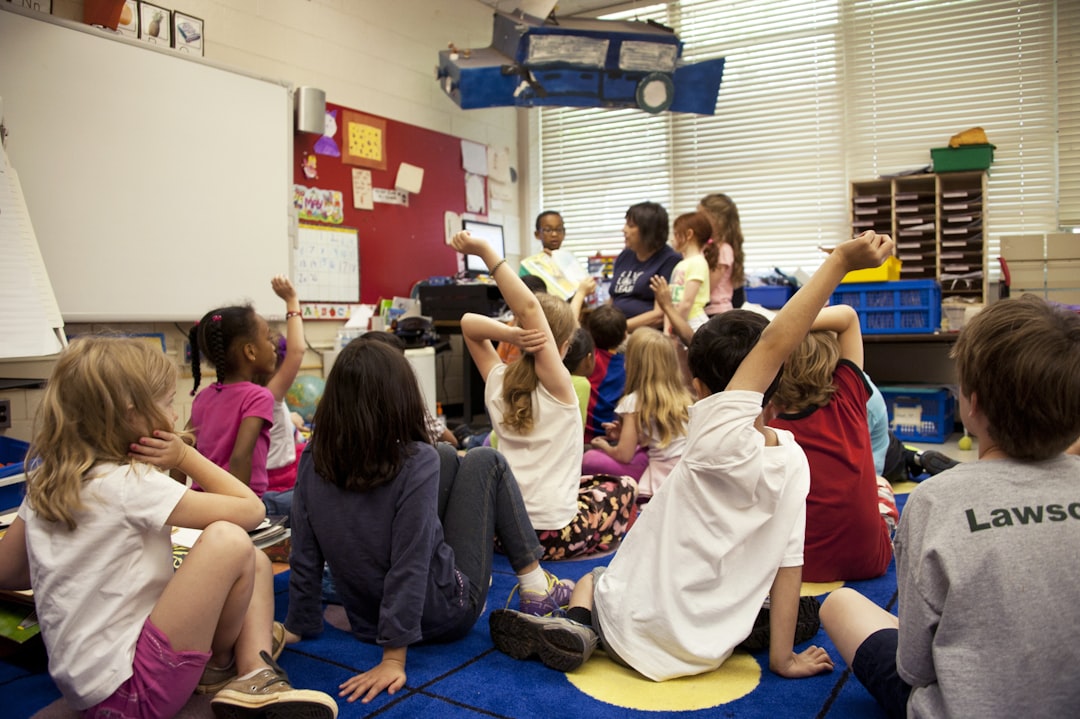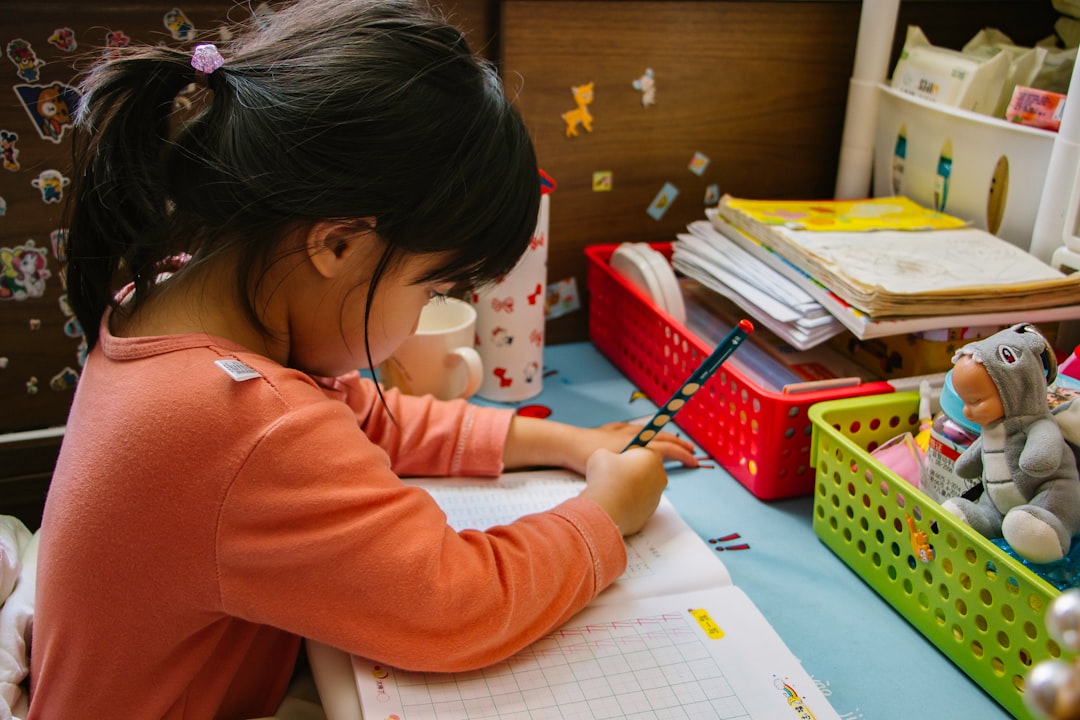At-risk students in Kansas face challenges including poverty, trauma, and disabilities. Educators identify their needs through behavior observation and foster inclusive environments to enhance academic performance. Safe learning spaces, clear boundaries, open communication, and diverse teaching methods are vital. Proactive interventions, tailored to individual circumstances, help students cope with sensitive issues like daycare sexual assault, and collaboration with counselors or social workers is encouraged. Early intervention strategies build resilience and access to resources for overall well-being, even when navigating complex legal matters like daycare sexual assault lawyers Kansas.
In the diverse landscape of education, educators often encounter at-risk students facing various challenges, from socio-economic barriers to trauma. This article guides professionals on best practices to support these students effectively. We explore strategies for understanding and addressing the unique needs of at-risk populations, creating safe learning environments, and implementing communication techniques for successful intervention. By adopting evidence-based methods, educators can foster growth and navigate complex situations with empathy, ultimately ensuring every student receives the care they deserve—even those facing harsh realities like daycare sexual assault cases in Kansas.
Understanding At-Risk Student Populations

At-risk students encompass a diverse range of individuals facing various challenges that impact their learning and overall well-being. This category includes, but is not limited to, students experiencing poverty, those from racial or ethnic minorities, refugees, survivors of trauma such as abuse or sexual assault, and students with disabilities. Educators play a pivotal role in identifying and supporting these students, requiring a nuanced understanding of their unique circumstances.
In Kansas, where issues like daycare sexual assault have garnered significant attention, educators must be vigilant in recognizing signs of distress among at-risk youth. This involves being attuned to behavioral changes, communication barriers, or subtle cues indicating trauma or abuse. By fostering an inclusive and supportive environment, teachers can encourage open dialogue, build trust, and provide the necessary resources to address specific needs. Such proactive measures not only enhance academic performance but also contribute to the holistic development of these students.
Creating Safe and Supportive Learning Environments

Creating safe and supportive learning environments is paramount for educators working with at-risk students. This involves fostering a culture of respect, empathy, and understanding where every student feels valued and respected. Educators should implement clear boundaries and consistent discipline strategies to establish a sense of security. Additionally, promoting open communication encourages students to express their feelings and concerns without fear of judgment. Incorporating inclusive activities and diverse teaching methods ensures all learners feel welcomed and engaged.
By prioritizing safety, educators can build trust and create a nurturing environment that prepares at-risk students for academic success. This is especially crucial given the potential trauma some students may have experienced, including incidents of daycare sexual assault in Kansas. Therefore, educators must be vigilant in recognizing signs of distress and providing appropriate support services to meet each student’s unique needs.
Strategies for Effective Communication & Intervention

Effective communication is a cornerstone when working with at-risk students. Educators should establish open and non-judgmental dialogues, creating a safe space for students to express their thoughts and feelings. Active listening skills are paramount; educators must demonstrate empathy and understanding while paying close attention to both verbal and non-verbal cues. This approach fosters trust and encourages students to share potential issues or experiences, including sensitive topics like daycare sexual assault.
Intervention strategies should be tailored to individual needs, considering cultural backgrounds and unique circumstances. Educators can collaborate with specialized professionals, such as counselors or social workers, to provide comprehensive support. By implementing early intervention techniques, educators can help at-risk students develop coping mechanisms, build resilience, and access necessary resources. These proactive measures not only enhance academic performance but also promote overall well-being, ensuring a brighter future for these students, even in challenging circumstances like navigating potential legal issues related to daycare sexual assault lawyers Kansas.






